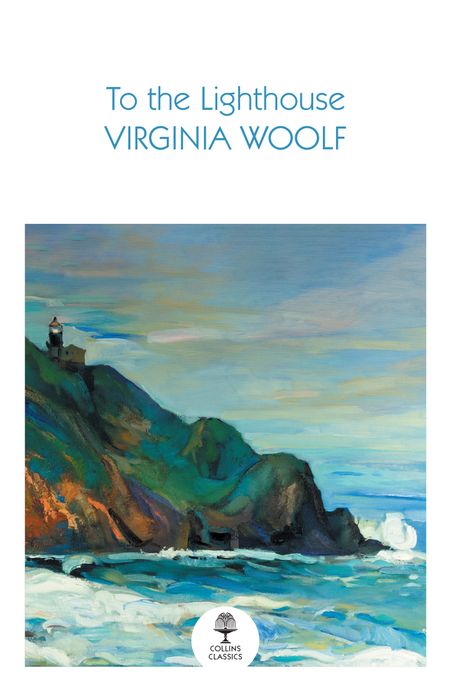Virginia Woolf was born Adeline Virginia Stephen on 25 January 1882, the daughter of the editor and critic Leslie Stephen. Her early education was provided at home, where she had the free run of her father’s extensive library. She suffered a traumatic adolescence after the deaths of her mother, step-sister, father and favourite brother, leaving her prone to mental illness for the rest of her life.
During the years leading up to, Virginia Woolf lived in Gordon Square, Bloomsbury, where she was drawn into the company of writers and artists such as Lytton Strachey, J.M. Keynes and Roger Fry. Together they founded the Bloomsbury Group, an intellectual circle which was to profoundly influence the development of the avant-garde in Britain. She married the writer Leonard Woolf in 1912, and they founded the Hogarth Press in 1917, which was to publish the works of T.S. Eliot, the earliest translations of Freud, as well as works by Virginia Woolf herself.
Virginia Woolf’s first novel, ‘The Voyage Out’, appeared in 1915, followed by ‘Night and Day’ (1919) and the highly experimental ‘Jacob’s Room’ (1922). Despite recurring bouts of depression, her literary output over the next twenty years was extraordinary. She wrote her major novels during this period, including ‘Mrs Dalloway’ (1925), ‘To the Lighthouse’ (1927), ‘Orlando’ (1928), ‘The Waves’ (1931) and ‘Between the Acts’ (1941). Her writing was particularly concerned with women’s experience, not only in her novels but also in her literary criticism and essays, most notably her two masterpieces of feminist polemic, ‘A Room of One’s Own’ (1929) and ‘Three Guineas’ (1938).
In March 1941, her mental condition having deteriorated alarmingly and unable to face another bout of illness, Virginia Woolf took her own life. By the time of her death she had gained a prominent and enduring place in English letters, as a great novelist and essayist, feminist and modernist.








